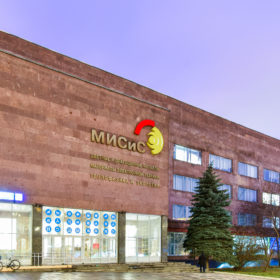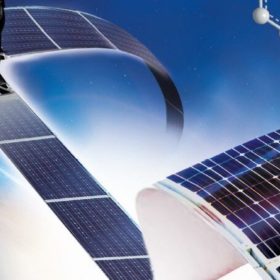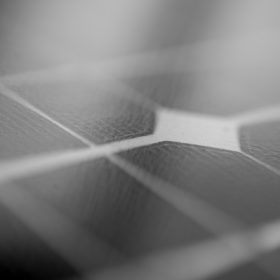PV performance projections for the 21st century
A study has divided the world into 12 climate zones on the basis of the Köppen–Geiger classification map. The paper confirmed Chile’s Atacama region has the world’s highest solar radiation but also showed the region with the highest performance ratio for PV systems was near Moscow.
Renewables and geopolitics: The United States
An accelerated transition to renewables could go either way, regarding the United States’ unique geopolitical strength. According to Indra Overland – head of the Center for Energy Research at the Norwegian Institute for International Affairs – the U.S. could surrender a major advantage if it abandons fossil fuel. The nation could, however, remain dominant in the global energy sector if it continues to lead on innovation and clean energy tech-related intellectual property.
Tuning titanium in perovskite cells
Scientists from Russia’s NUST MISIS institute and the University of Rome have discovered a two dimensional titanium carbide can improve the performance of a halide perovskite solar cell when added in microscopic amounts across the various cell layers.
Renewables generation cheaper than coal for many power companies – but not yet for Eskom
An investor tool examining the coal fleets of major global power companies has offered up analysis which flies in the face of arguments solar and wind generation could help turn around the debt-saddled South African utility.
Russian scientists send organic PV into orbit
Scientists at Russia’s Skoltech Institute of Science and Technology have demonstrated a solar cell with record high radiation stability. The scientists say the cells, based on an organic polymer compound, could be a strong candidate to meet the requirements of powering satellites in lower earth orbit.
Five solar projects planned in Russian Far East
An Austro-Russian conglomerate says 75 MW of new solar capacity will be commissioned by the end of November.
Step back to catch up
We need to build solar parks only when there are no more square meters left on the rooftops, writes Mikhail Lifshitz, co-owner of Russia-based JSC Rotec.
Solar offers increasingly lower capex in Russia’s renewables auction
Three projects with generation capacities of 5.6-6 MW were pre qualified for a 5.6 MW capacity procurement and Finnish utility Fortum secured the only PV project selected. The capex figure offered by solar developers was lower than that for 71 MW of wind power allocated and lower than for previous PV projects.
Russian scientists aim to enhance cell efficiency with gadolinium oxide nanoparticles
A Russian research team believes that the addition of rare-earth ions into the structure of photonic nanoparticles could help to increase the efficiency of industrial solar cells to 25–30%. However, they also said that further research is necessary.
Looking past perovskites
Researchers at the University of California, San Diego – with the help of the university’s Comet supercomputer – modelled thousands of halide compounds to come up with a shortlist of 13 materials that could be candidates for the efficient solar cell materials of the future.










